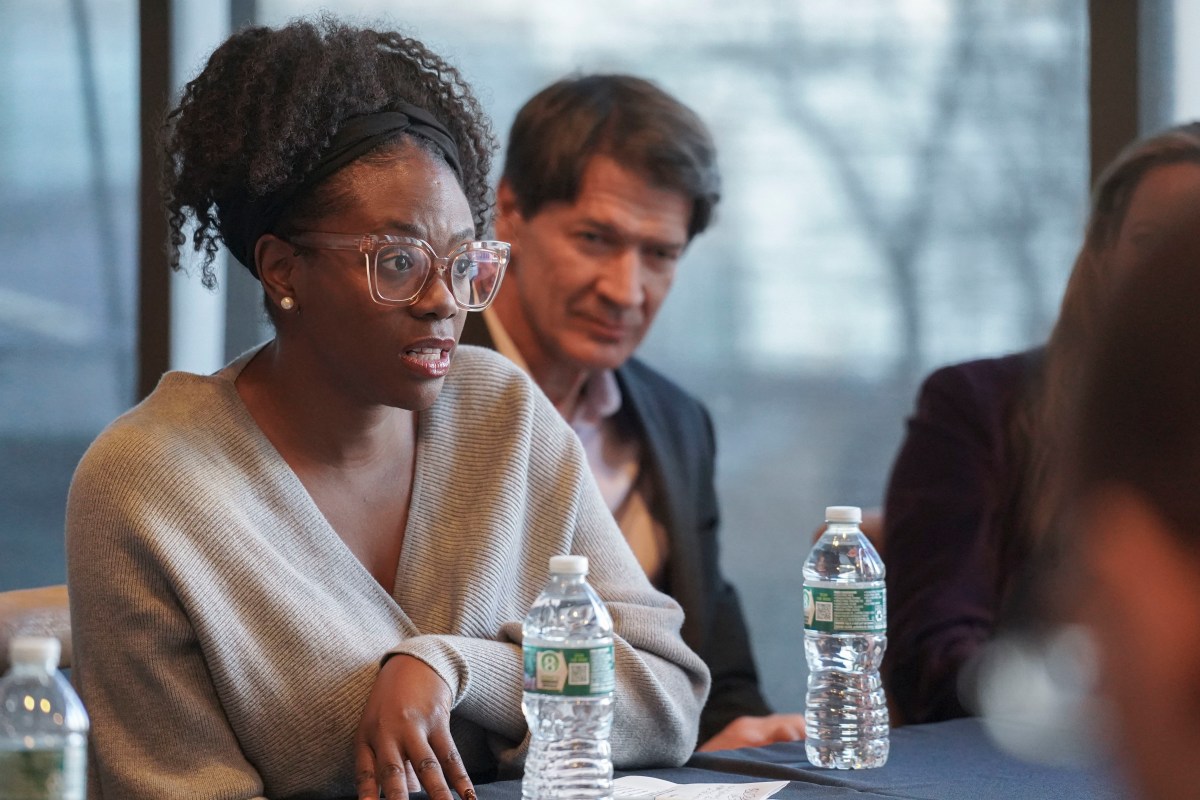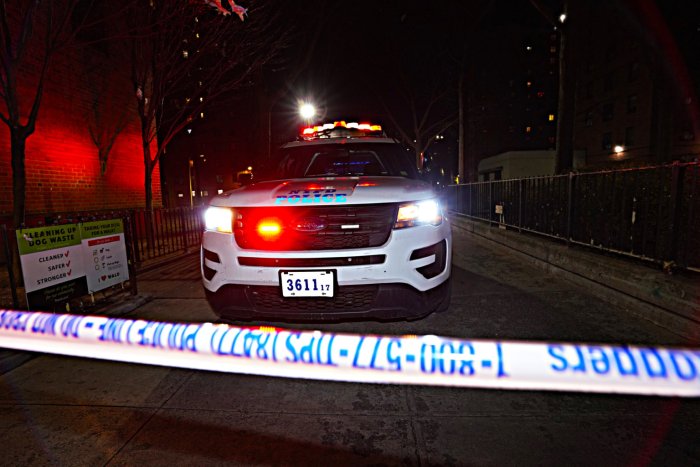By Ed Gold
The New York Times has run several farewell articles on St. Vincent’s Hospital that dealt primarily with corporate management and the continuing downward financial picture that has become a fixture at the hospital for at least four decades.
But before the suit-and-tie people got to handle the St. Vincent’s books, the Sisters of Charity were in charge, and they had an open-door policy with Community Board 2 that was lively and mostly collegial.
As chairperson of C.B. 2’s Institutions Committee, I had many meetings with Sisters Evelyn and Margaret, the hospital presidents during the ’70s and ’80s, dealing with a variety of issues of concern to both the hospital and the community it served.
When St. Vincent’s built Coleman at 12th St. and Seventh Ave., it required a height variance, which was achieved by including the attractive garden on the triangle (at Greenwich and Seventh Aves. and 12th St.) as part of the hospital site.
Unfortunately for the hospital — as well as the surrounding neighborhood — clearing the triangle meant eliminating a very popular garden that had been run by the West Village Committee, whose rabbi was Bill Bowser, an intense gardener and protector of West Village ambience.
The community loved the garden, which had replaced a movie theater, so the challenge to the hospital was a serious one. The nuns considered several projects, including a nurses’ dorm, a childcare center and a parking lot. On the parking lot, the nuns said a poll of the neighborhood had gotten a positive response, but C.B. 2 was not convinced, and eventually the hospital settled for a materials loading dock and a modest garden along Seventh Ave. (I once suggested to Sister Evelyn that she might consider a movie house on the site, and she looked to the ceiling and told me not to be naughty.)
The hospital faced other crises while the sisters were in charge. Asbestos was discovered in hospital buildings and walls had to ripped open and the dangerous material removed.
Also, containers of bio-hazardous waste had been lined up on Seventh Ave. but the containers leaked, unsettling nearby residents, to say the least. The hospital replaced the leaky containers, and also kept the containers off Seventh Ave. until they were picked up for final disposal.
On one occasion, during talk of hospital expansion, the nuns appeared particularly naive. Several nuns appeared at the monthly C.B. 2 meeting with a collection of slides. One of the slides indicated the hospital wanted to expand across the street on 12th St. The slide showed the townhouses facing the hospital, all marked with “X”’s. A loud groan arose from the room, and rising from the audience was Stanley Geller, a leader in the reform Democratic movement and a community board member, who shouted: “Are you crazy? You just put an ‘X’ through my house!”
The nuns beat a hasty retreat. “It was just an idea,” one of them said apologetically. Not a firm plan.” The hospital never again brought up that idea.
In one incident, Sister Margaret was verbally attacked by a then-leader of the 11th St. Block Association. The hospital owned several brownstones adjacent to the hospital on 11th St. Sister Margaret wanted to connect one of the brownstones to the hospital and convert it into an outpatient clinic for patients needing psychiatric help.
The unhappy block association leader said St. Vincent’s had no right converting a residential building for institutional use. “One of us will have to go,” he warned Sister Margaret. “Either the hospital will have to move or I will.”
I was at the meeting and I told him I hoped he would find a decent apartment somewhere else. C.B. 2 voted to support the hospital.
For a good part of my adult life, St. Vincent’s has been my hospital. I had great surgeons for successful operations for a hernia, a quadruple bypass and a broken hip. My difficulty at the hospital was with the transport system, which reminded me of a car needing gas and an alert driver.
Needless to say, the loss of St. Vincent’s, after more than a century and a half of community service, would be a severe blow to the community. Occasionally, in recent years, I would run into Sister Margaret on 12th St. and in the supermarket at the corner of 12th St. and Sixth Ave.
“Ed, I’m glad I’m not in charge anymore,” she said the last time I saw her. I wished her well, glad she was still in our community, and said I hoped that the hospital would continue serving Manhattan’s West Side for many years to come. Many residents who have been critical of the hospital now also express the same feeling.




































